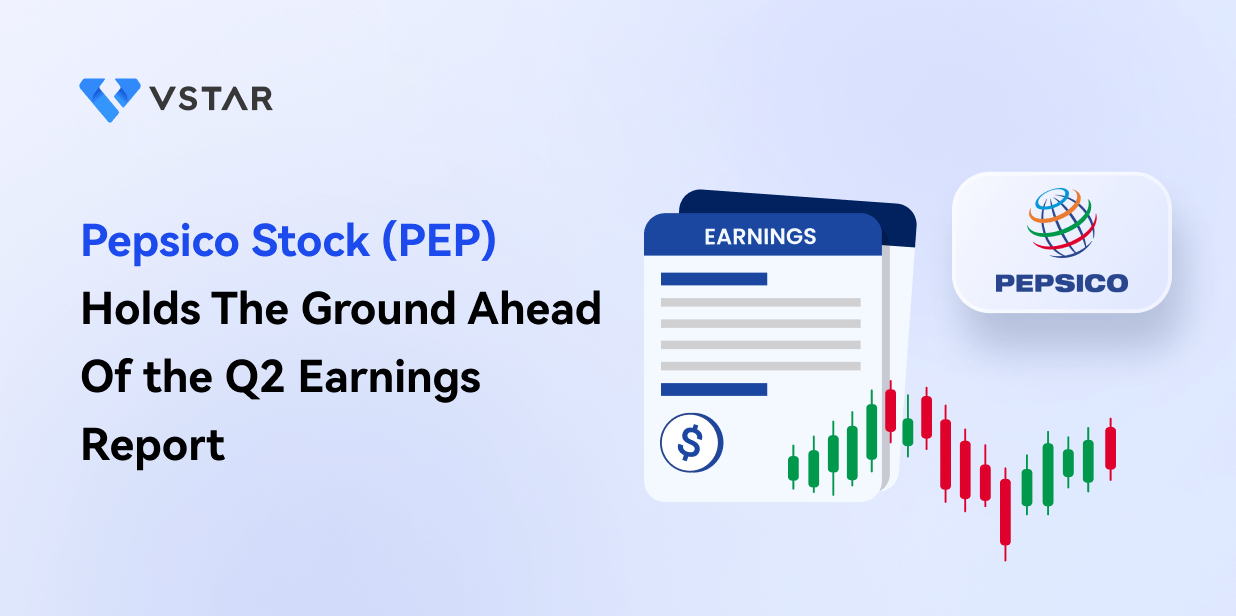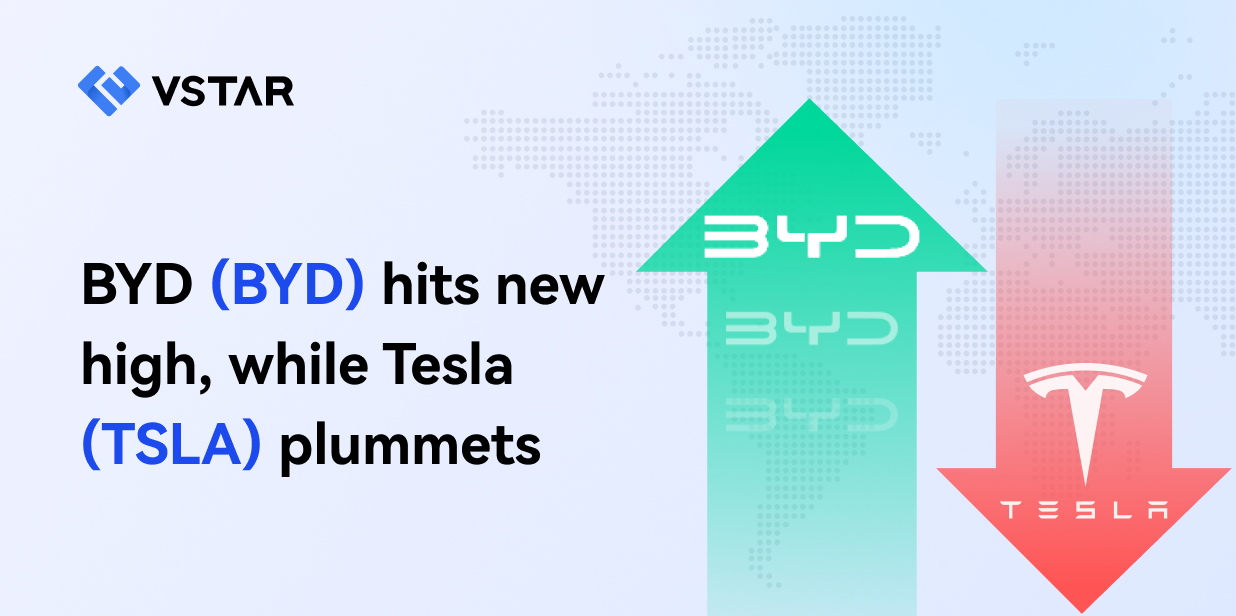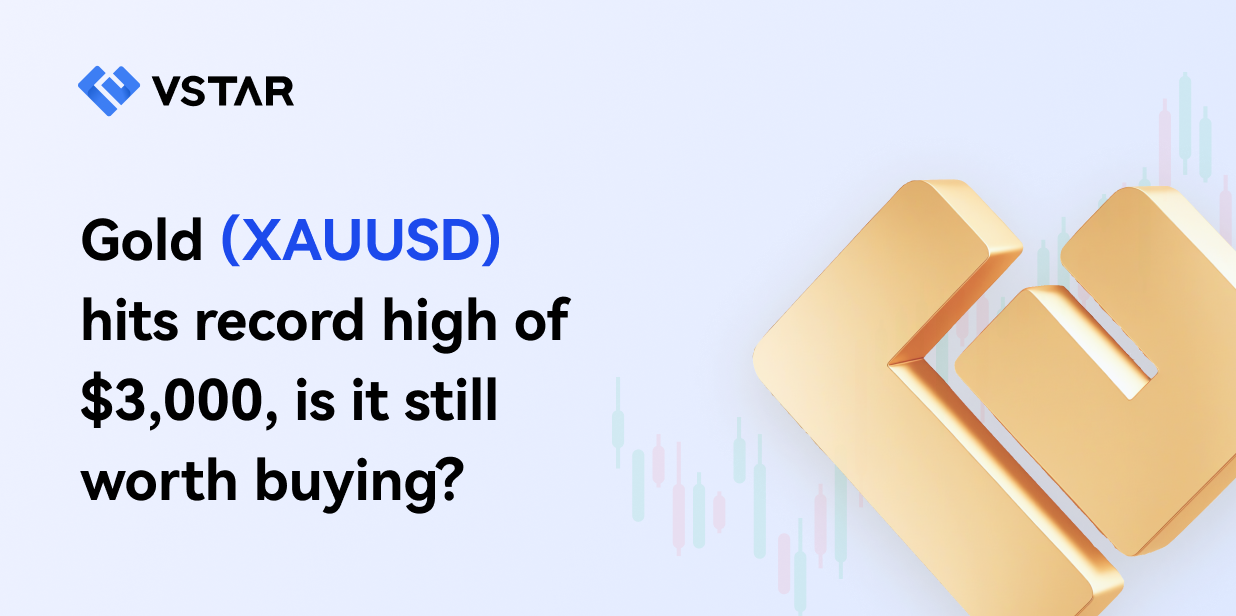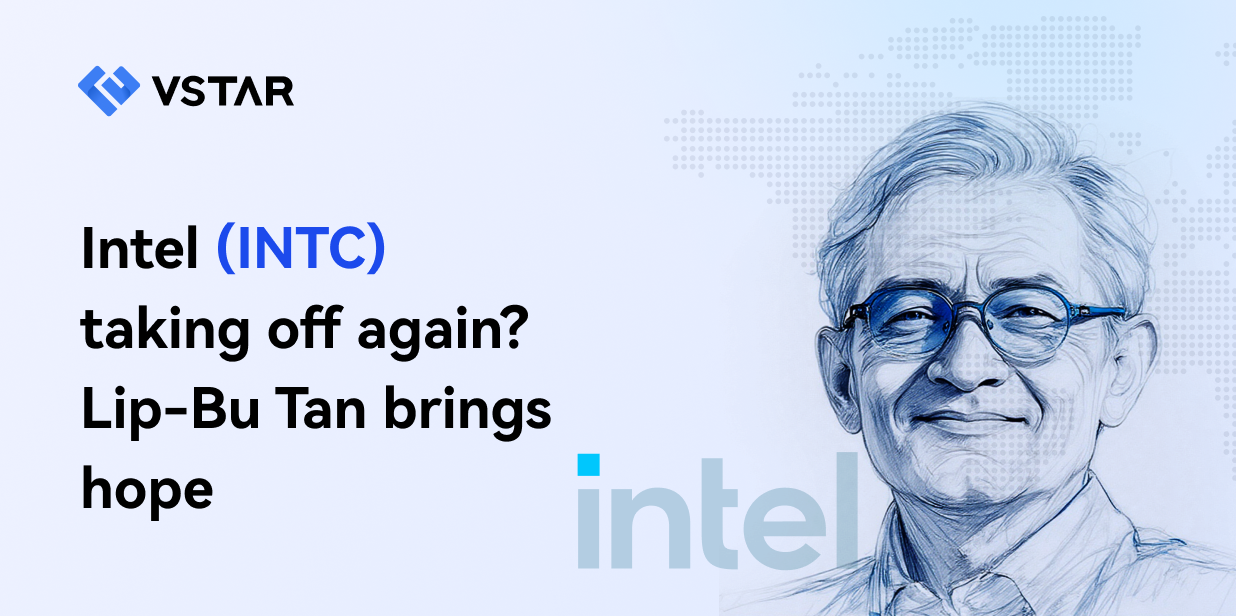Over the past five years, PEP has been behind the S&P 500 (SPY). Nevertheless, this is not an isolated occurrence; the consumer staples sector (XLP) has also underperformed. This can be attributed to persistently high inflation and elevated interest rates, which result in reduced consumer expenditure and decreased sales growth for PEP. Despite this, PEP has fortified its balance sheet by augmenting its cash reserves.
PEP's Revenue Growth is Solid
PEP's diverse product portfolio generates revenue from various sources. The Frito-Lay portfolio contributes approximately 27%, while the North American beverage channel accounts for approximately 30% of net revenue. According to Deloitte data, consumer expenditure has decreased as consumers prioritize saving to counteract rising inflation and interest rates.
Despite the obstacles it has faced, PEP has succeeded in increasing its net revenue annually. Their most recent annual report reported a 6% increase in net revenue and a substantial 39% increase in free cash flow, resulting in a total of $8.1B. PEP has increased its free cash flow by reducing expenses through cost-saving initiatives and employment layoffs, particularly in the Frito-Lay segment. PEP's efficient navigation of headwinds is facilitated by this emphasis on financial management.
PEP Dividend: An Increase is Expected
PEP will probably continue to increase its dividend if it maintains this free cash flow growth rate. This cash flow can also be used to fund an increase in capital expenditures to broaden its product line. New products and promotions were implemented to attract new customers, resulting in a 6% increase in capital expenditures year over year. It is uncertain whether additional price increases are required for future development, even though price increases across all segments and regions have helped offset lower volumes.
Consumer expenditures may increase as inflation and interest rates decline. For the past two months, inflation has decreased, which has the potential to boost sales volumes. Increased expenditures may mitigate the necessity for additional price increases. Nevertheless, if prices are raised excessively, consumers may seek more affordable alternatives in the refreshment and beverage categories.
PEP Q2 Earnings: What Can We Expect?
On July 11th, PEP will disclose its second-quarter earnings, when effective cash management may increase free cash flow. Q1 earnings per share were $1.48; however, Q2 has historically been more profitable for PEP, with the potential to achieve an EPS of $2.10 to $2.20, which is consistent with the consensus estimate of $2.16.
The fiscal year guidance predicts a 4% increase in organic revenue and an 8% increase in core constant earnings per share.
PEP Liquidity Position Analysis
PEP's liquidity remains robust, with $8B in cash and equivalents, an increase from $4.9B at the end of 2022. In the current high interest rate environment, long-term debt has decreased from $40.3B in 2020 to $37.7B, making it more manageable. PEP is well-positioned to address these headwinds, as evidenced by its cash from operations of $12.79B and cash per share of $5.85, which exceeds the sector median of $1.63.
Pepsico Stock Forecast Technical Analysis
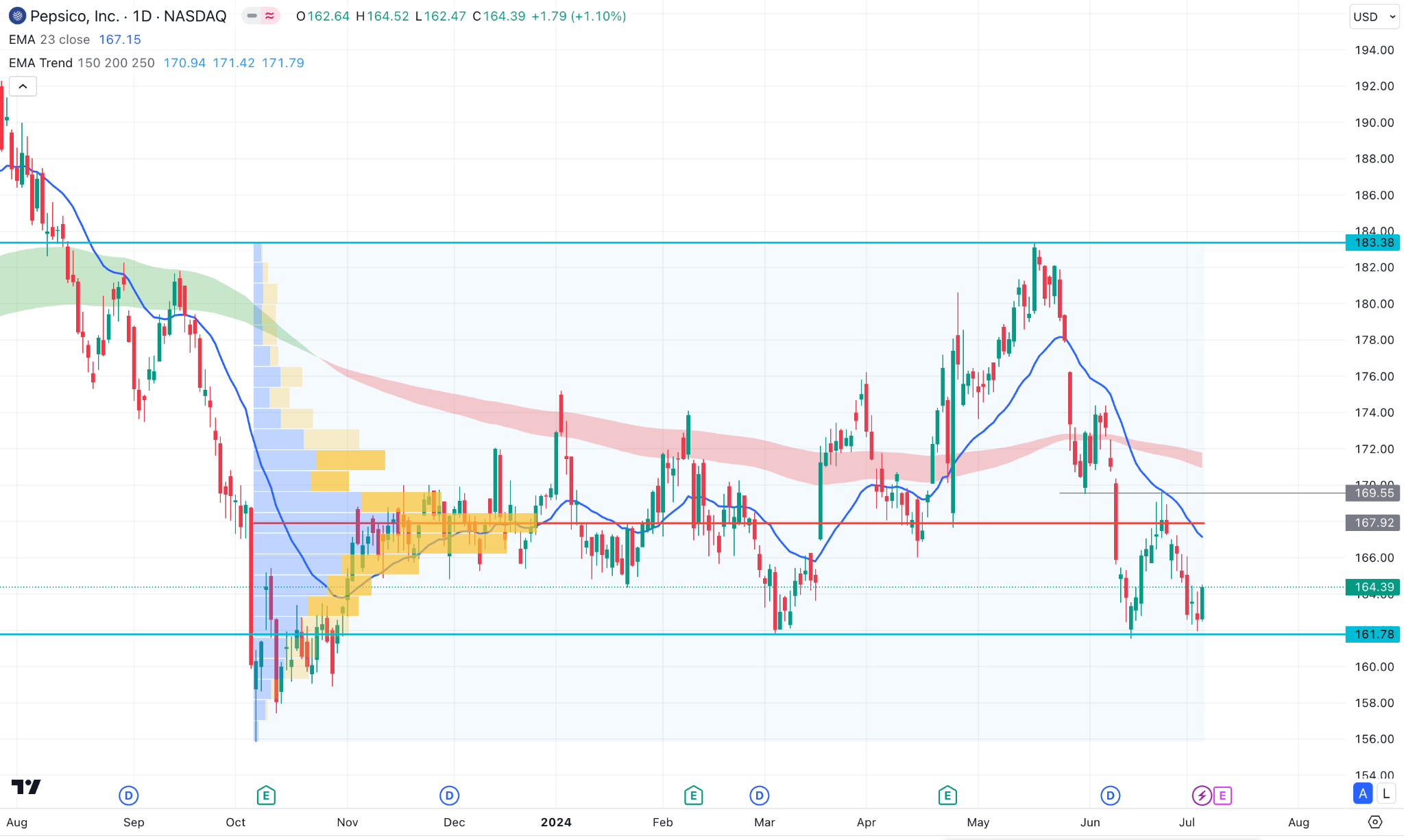
The broader market outlook is corrective in the daily chart of PEP, with the most recent PEP stock price trading at the crucial support of 161.78.
In the broad context, the most recent high volume level is above the current price, acting as immediate resistance. Moreover, the Moving Average wave consisting of 150 to 250 MAs is above the current price with a downward slope.
In this outlook, investors should closely monitor how the quarterly earnings report comes. Primarily a failure to hold the price above the 161.00 level could initiate a bearish trend continuation, aiming for the 150.00 level.
On the other hand, an immediate bullish daily candle above the 167.92 high volume line could be an immediate buying pressure, targeting the 183.34 level.
